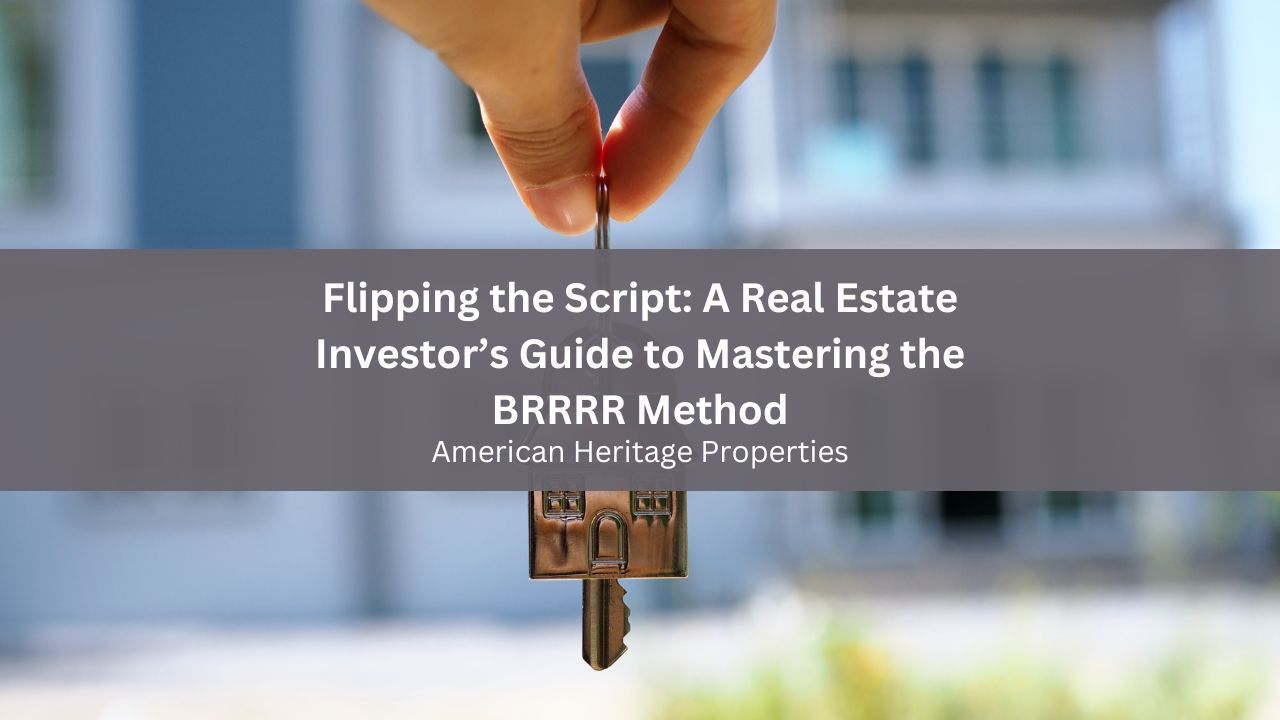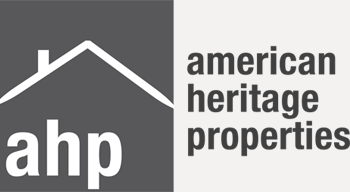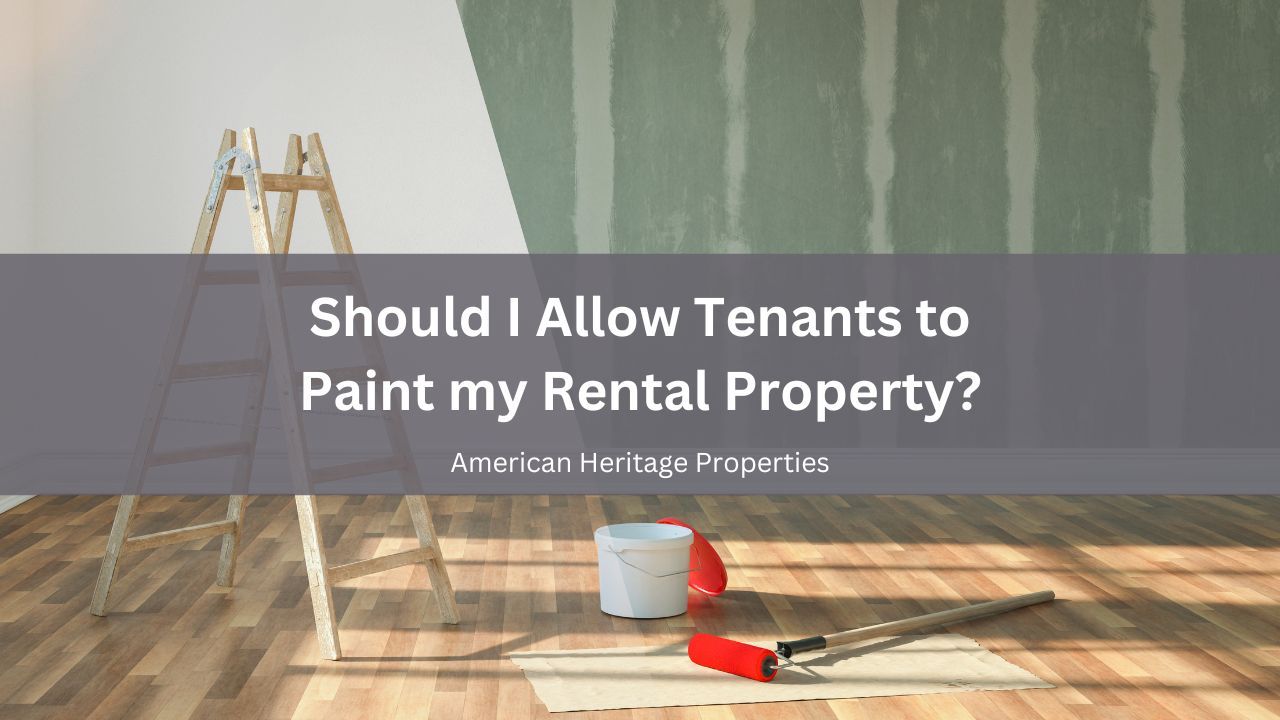Funding Your Education Through Real Estate: How Flipping Houses Can Cover College Costs

Returning to school as an adult brings new opportunities but also financial challenges, especially when it comes to paying tuition. For those with an entrepreneurial spirit, flipping houses can be an innovative way to generate the funds needed for education. By buying, renovating, and selling properties strategically, you can create a steady income stream to cover college expenses while building valuable skills in real estate.
Mastering Legalities and Permits for Successful House Flipping
Understanding the legal landscape is crucial when flipping houses to fund your education. Zoning laws can be intricate and vary by location, affecting how properties can be developed. Securing the right permits is essential to avoid legal issues and ensure compliance with local building codes. By thoroughly researching and adhering to these legal requirements, you can mitigate risks and enhance the profitability of your house flipping venture.
Balancing Online Education and House Flipping
Choosing an online degree program can be a game-changer for those juggling education with house flipping. Online education often comes with lower costs due to reduced operational expenses, making it a financially savvy choice. For instance, if you’re interested in tech fields, the cost of an online cybersecurity degree practically pays for itself by providing you with expertise in a highly sought field. Also, the convenience of online learning also makes it easier to balance studies with house flipping plans, ensuring you can devote time to both pursuits.
Navigating House Flipping for College Funding
House flipping as a strategy to fund your education requires careful navigation of its inherent risks. This venture demands significant time and effort, from acquiring properties to managing renovations and sales. Market conditions – such as economic shifts or rising interest rates – can affect property values, potentially leading to financial setbacks. Additionally, unexpected renovation challenges and fluctuating material costs can strain your budget. Planning meticulously and maintaining a financial cushion is a must.
Improving Returns Through Neighborhood Evaluation
Evaluating the neighborhood’s appeal is essential when flipping houses to fund your education. Consider factors like school quality, crime rates, and future development plans. A neighborhood with excellent schools can boost property value, attracting families who prioritize education. Low crime rates enhance safety and desirability, making properties more appealing to buyers. Understanding future development plans can reveal growth potential, possibly increasing property values over time. For instance, middle neighborhoods offer a blend of single-family homes and urban conveniences, ideal for your investment strategy.
Raising Your Home’s Value with Sustainable Upgrades
Incorporating eco-friendly upgrades into your home can significantly boost its appeal, especially to buyers who value sustainability. By integrating energy-efficient appliances and smart home systems, you can reduce your utility bills, making your property more attractive in the market. Homes with these upgrades not only sell faster but also command higher prices. This investment not only enhances your living space but also aligns with the growing trend of environmentally responsible living. As energy costs rise, these upgrades ensure your home stands out, offering both comfort and financial benefits.
Budgeting Strategically for Successful House Flipping
When flipping houses to finance your education, it’s essential to allocate part of your budget to professional services like contractors, real estate agents, and legal advisors. These experts help ensure your projects meet local regulations and maintain quality standards, significantly boosting your return on investment. For example, a skilled contractor can help avoid costly renovation errors, while a savvy real estate agent can guide you through the market to maximize profits. Legal advisors are crucial for ensuring all transactions are compliant, protecting you from potential legal issues.
Upgrading Your Property Through Green Certification
Partnering with local green certification programs can significantly boost your credibility in the sustainable housing market. Programs like the GreenStar Homes Certification offer a clear framework for making homes more eco-friendly, a compelling selling point for potential buyers. This collaboration not only provides a structured path to sustainability but also ensures your properties stand out in the market, enhancing the appeal and potential value of your properties to environmentally conscious buyers.
Flipping houses offers a unique opportunity to turn your entrepreneurial drive into financial support for your education. With careful planning, market research, and smart investment strategies, you can balance real estate ventures with your academic goals. By viewing each project as a stepping stone toward your future, you’ll not only finance your education but also build a foundation for ongoing success.
Discover unparalleled property management services with
American Heritage Properties, where your investment is managed with care.
Share this post









